Military-Grade Off-Road Wheel Solutions: 6061-T6 Aluminum Meets Carbon Fiber
Material Properties of 6061-T6 Aluminum and Carbon Fiber
Strength-to-Weight Ratio: Aluminum vs. Carbon Fiber
When considering materials for military equipment, the strength to weight ratio matters a lot because every extra pound counts in combat situations. Take 6061-T6 aluminum for instance. It's known for being pretty strong relative to how light it is, with around 20 thousand pounds per square inch of yield strength. This means parts made from this alloy stay intact under stress without adding unnecessary bulk to aircraft or vehicles. Carbon fiber takes things even further though. The stuff has an amazing strength to weight ratio, sometimes hitting 130 thousand psi. No wonder defense contractors love using it for planes and other gear where performance needs to be top notch. Tests show that switching from aluminum to carbon fiber can cut down on weight by roughly 30 percent. That kind of reduction really helps when trying to move faster or carry more payload. Most modern militaries go with carbon fiber whenever possible despite the higher price tag. But there are still plenty of cases where regular old aluminum works just fine, especially when budget constraints come into play. After all, not every mission requires cutting edge materials.
Thermal and Corrosion Resistance in Harsh Environments
Materials need to hold up against heat and corrosion in tough environments. Take 6061-T6 aluminum for instance. With proper treatment such as anodizing, this alloy can resist corrosion pretty well, so it lasts longer even in rough conditions. Carbon fiber tells a different story altogether. It doesn't oxidize at all, making it ideal for parts that face intense heat or harsh chemical exposure regularly. Military equipment used near saltwater areas often combines these two materials because they complement each other nicely. The aluminum helps keep things light while carbon fiber adds strength where needed most. Thermal stress resistance remains a key factor in getting military approval for materials. Manufacturers typically subject their products to repeated heating and cooling tests to make sure everything works properly after being exposed to extreme temperature changes over time.
Military Applications for Off-Road Wheel Design
Performance in Extreme Terrains: Desert, Mud, and Rock
Military vehicles require wheels that can handle some seriously tough terrain conditions. Desert environments pose unique challenges where sand tends to accumulate on standard wheel designs. To combat this issue, engineers often go for wider wheel profiles combined with specialized tread patterns that actually bite into loose sand rather than just sinking deeper. When dealing with mud, the situation changes completely. Deep treads become necessary but they also need to resist getting clogged up during operation. That's where carbon fiber components come into play, providing needed strength without adding unnecessary bulk to the vehicle. Rockier terrain demands even tougher construction. We've seen field tests show mixed results until manufacturers started experimenting with combinations of materials and design elements. Some recent models now feature steel-reinforced sections alongside lighter composite parts, creating wheels that maintain their shape after repeated impacts while still allowing for quick maneuvers across uneven ground.
Integration with Armored Vehicles and Reconnaissance Systems
When it comes to armored vehicles, how wheels are designed plays a huge role in making them work better during stealth ops and recon missions. Getting the right balance between wheels and armor means soldiers can move around quietly while staying hidden from enemies. New wheel tech needs to fit with what's already on most tanks and troop carriers out there. Nobody wants to spend millions on fancy wheels that break down when things get rough in battle zones. Military buyers usually want to see prototypes tested in actual field conditions before signing any contracts. That means driving through mud, sand, snow, maybe even getting shot at sometimes. The wheels have to hold up no matter what happens so troops don't end up stuck somewhere dangerous because their ride fell apart.
Durability Testing for Combat-Ready Wheels
Ballistic Impact Resistance Standards (MIL-SPEC)
Getting combat ready wheels to pass MIL SPEC standards matters a lot when it comes to how well they actually work in real battlefield situations. The specs themselves set out pretty tough tests involving shooting at the wheels with fast moving bullets to see if they hold up. During these tests engineers look at how different wheel designs handle impacts while simulating what happens on actual battlefields. Wheels need to survive secret level ballistic hits without breaking apart or failing completely. Military buyers won't accept anything less than full compliance with these rules when awarding contracts. This means manufacturers have to balance coming up with new ideas while still following all the detailed specifications exactly. When done right, the wheels will function properly even in intense situations and stay intact long enough to support critical missions.
Fatigue Life Analysis Under Repeated Stress
Analyzing how long combat wheels can withstand repeated stress is essential for ensuring they last through tough military missions. The tests basically recreate what happens on actual battlefields by putting wheels through constant stress cycles similar to what soldiers experience during extended deployments. From what engineers have seen, most fatigue problems start right at the material level itself. That makes picking the right materials absolutely crucial if we want these wheels to meet their expected lifespan targets. Some recent field tests showed hybrid wheels lasting much longer than traditional ones, which means fewer repairs needed and more time actually being used instead of sitting in maintenance shops. This kind of improvement really drives home why investing in better materials matters so much for keeping troops mobile during long conflicts where every minute counts.
Carbon Fiber Hybrid Solutions for Enhanced Mobility
Layered Construction: Combining Aluminum Hubs with Carbon Spokes
Combat ready wheels often feature layered construction that brings together aluminum hubs and carbon fiber spokes. The result? Wheels that stay light on their feet but still pack serious punch when needed, all while keeping performance intact. Aluminum hubs themselves are built tough enough to handle serious punishment but also good at soaking up shocks from rough terrain, which means they hold up well during intense operations. Carbon spokes play their part too by adding extra toughness to the whole setup, so these wheels tend to last much longer than traditional models. Military forces around the world are starting to test these hybrid wheels in real conditions. Early prototypes show they can move through difficult terrain with better agility than standard equipment, even when carrying heavy loads. While there's still testing ahead, many experts believe we might see these wheels become standard issue across various defense units in the coming years.
Vibration Damping and Shock Absorption Innovations
Improvements in how military vehicles handle vibrations and shocks make a real difference for soldiers during long deployments, cutting down on discomfort and fatigue. The latest tech involves putting special damping systems into the wheels themselves, often made from advanced foams and composite materials that spread out the force when hitting rough terrain. Studies conducted by defense researchers indicate these upgraded wheels do more than just protect the vehicle parts from damage they actually boost how well troops can operate under tough conditions. These features help prevent constant breakdowns too, so combat vehicles last longer in the field. This means fewer repairs needed overall and keeps more equipment ready for action when missions demand it most.
Future of Military-Grade Off-Road Mobility
Smart Wheel Systems with Embedded Sensors
Military smart wheels are shaping up to be game changers for battlefield mobility, with tiny sensors built right into the wheel itself. These little gadgets constantly track stuff like tire pressure, heat levels, and how well everything is performing while on the move. What makes them so valuable? They can send early warnings when parts start acting up, which means fewer breakdowns and longer life for those expensive military trucks and jeeps. Right now, several branches are testing these systems in all sorts of rough terrain from deserts to mountain passes. The real benefit comes from having all this info at hand during missions. Commanders get better situational awareness without waiting for reports, allowing faster responses to whatever problems pop up in combat zones or training exercises alike.
Sustainability in Military Material Sourcing
The military is starting to think differently about where materials come from, mainly because they want to cut down on environmental damage. We're seeing more and more carbon fiber made from things that grow back being used in equipment design. It's not just greenwashing either. The armed forces actually need these changes to keep up with bigger sustainability goals while still getting the job done. Some recent research shows that when the military starts buying stuff sustainably, their overall impact drops quite a bit. This matters a lot for two reasons at once: keeping troops safe and effective, but also showing the world they care about planet Earth. Pretty much every branch now has people working on making sure new tech doesn't hurt the environment too badly.
Recommended Products
 Hot News
Hot News
-
Forged Carbon Products
2024-05-21
-
Forged Off-Road Accessories
2024-05-21
-
GVICHN Introduces Revolutionary Forged Two-Piece Product
2024-05-21
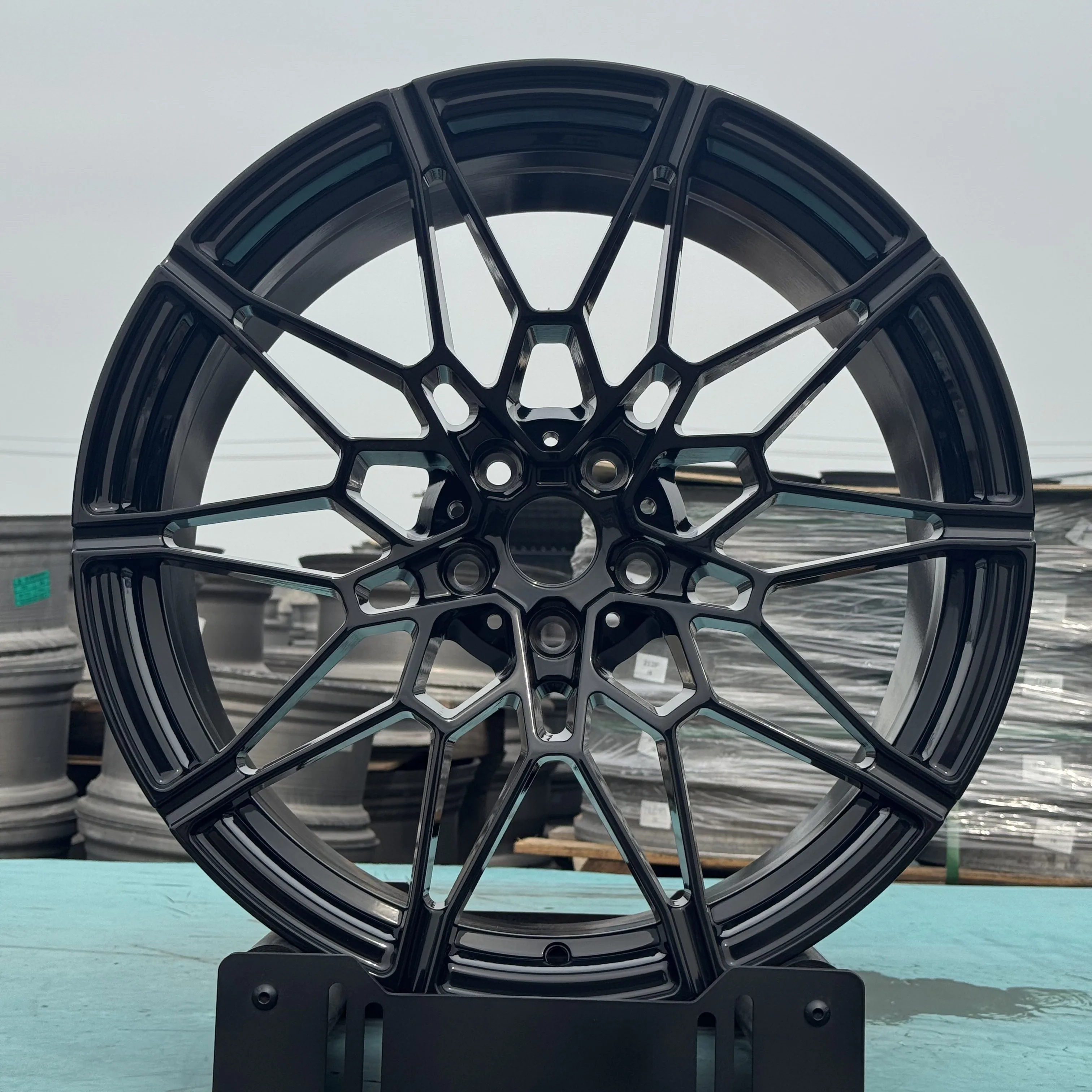

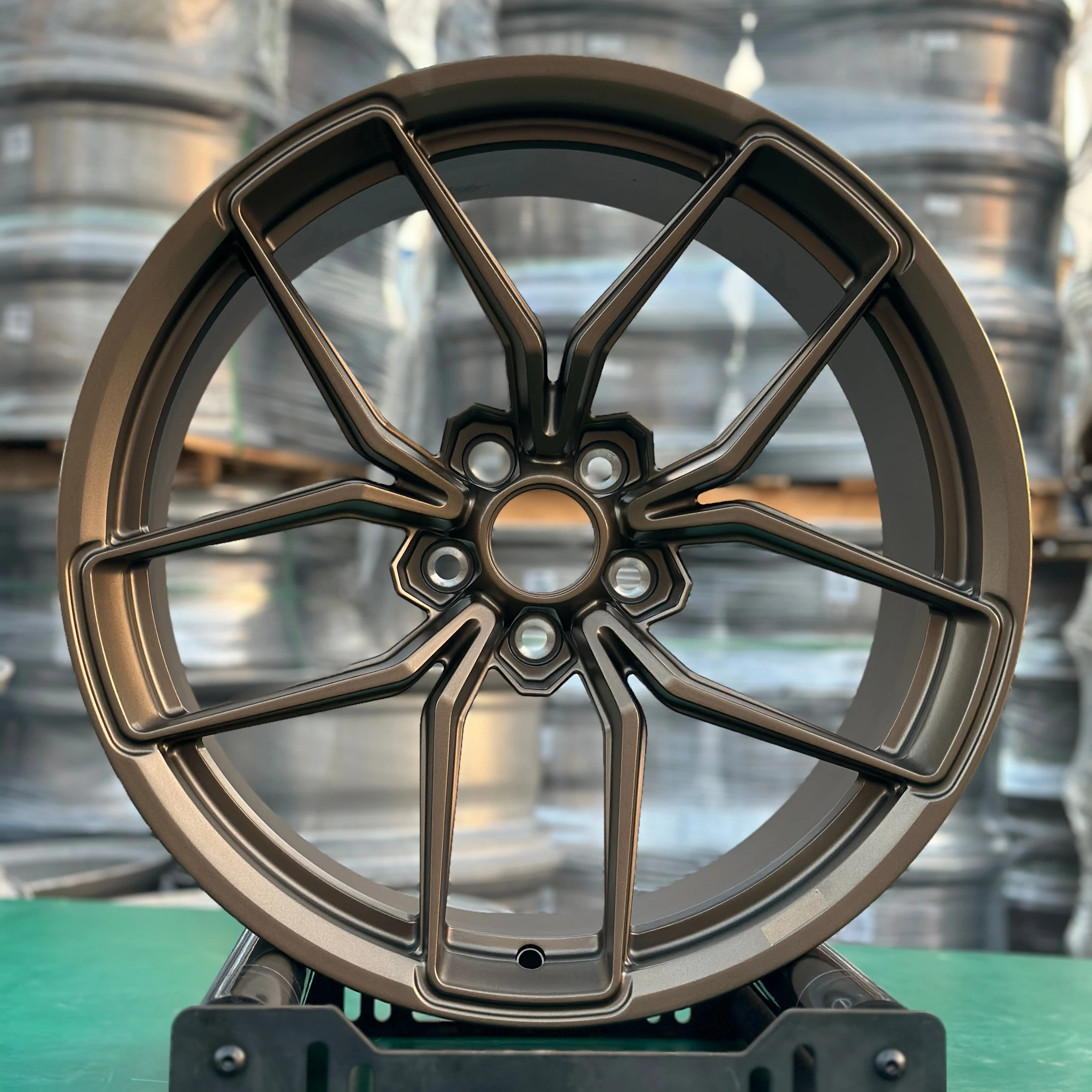
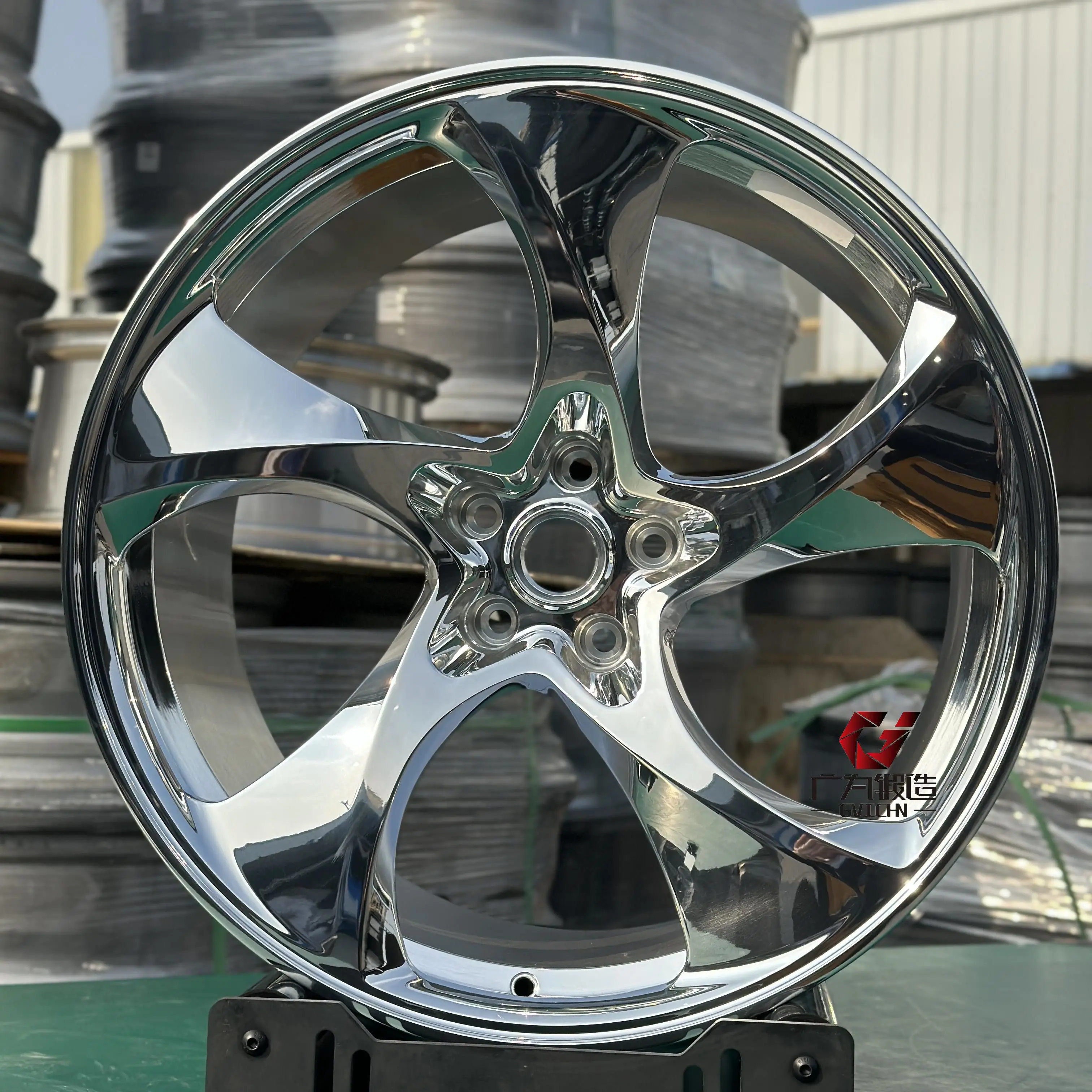

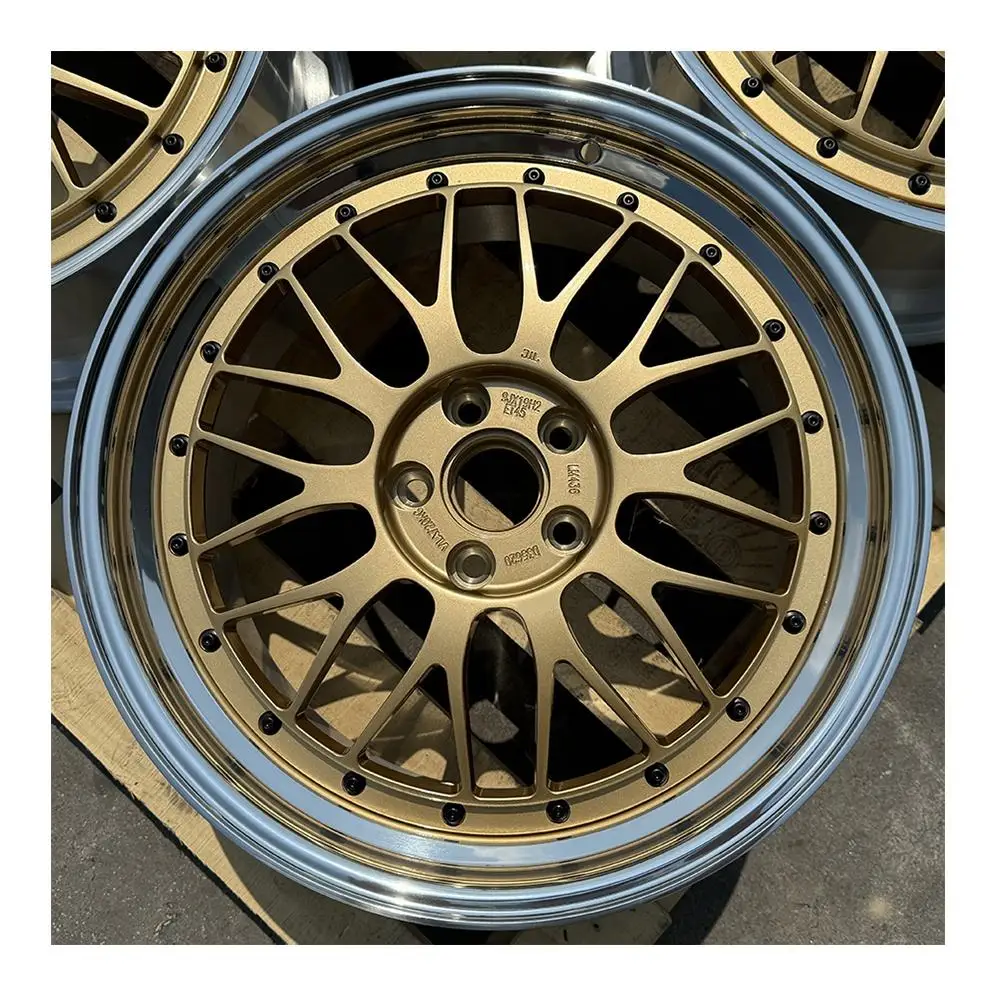
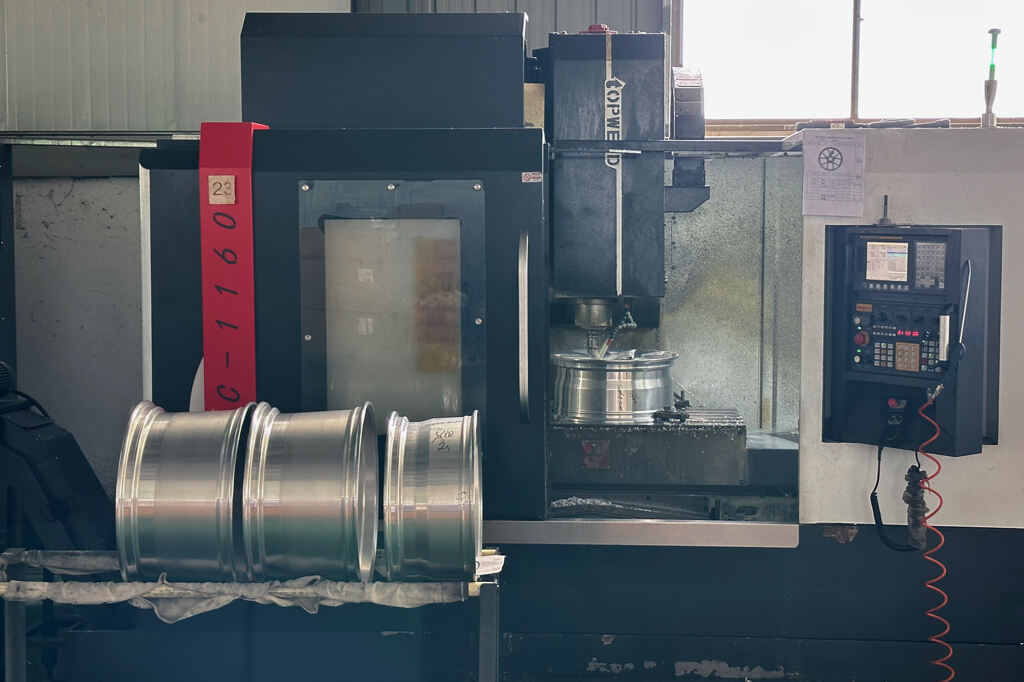
 ONLINE
ONLINE